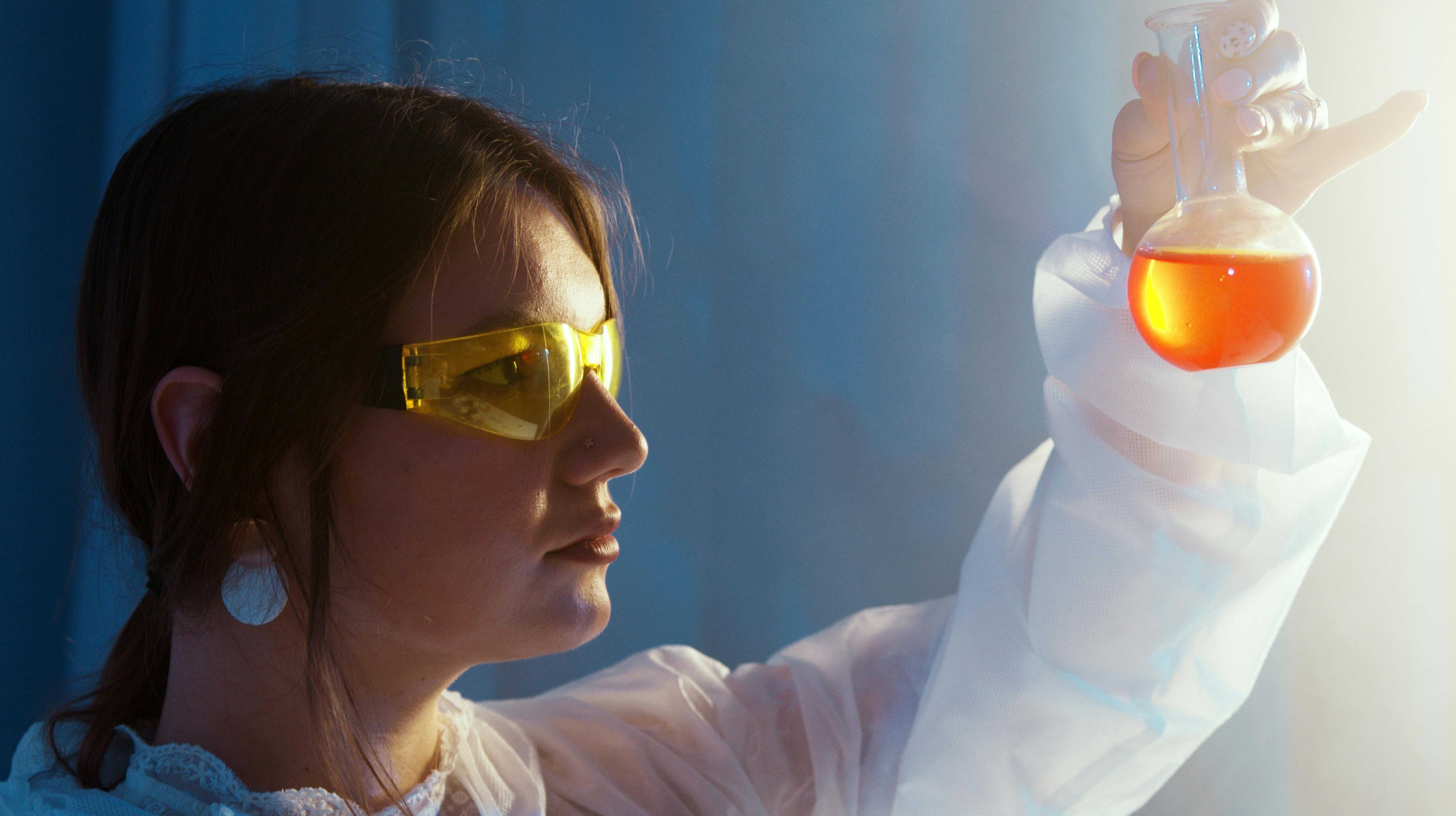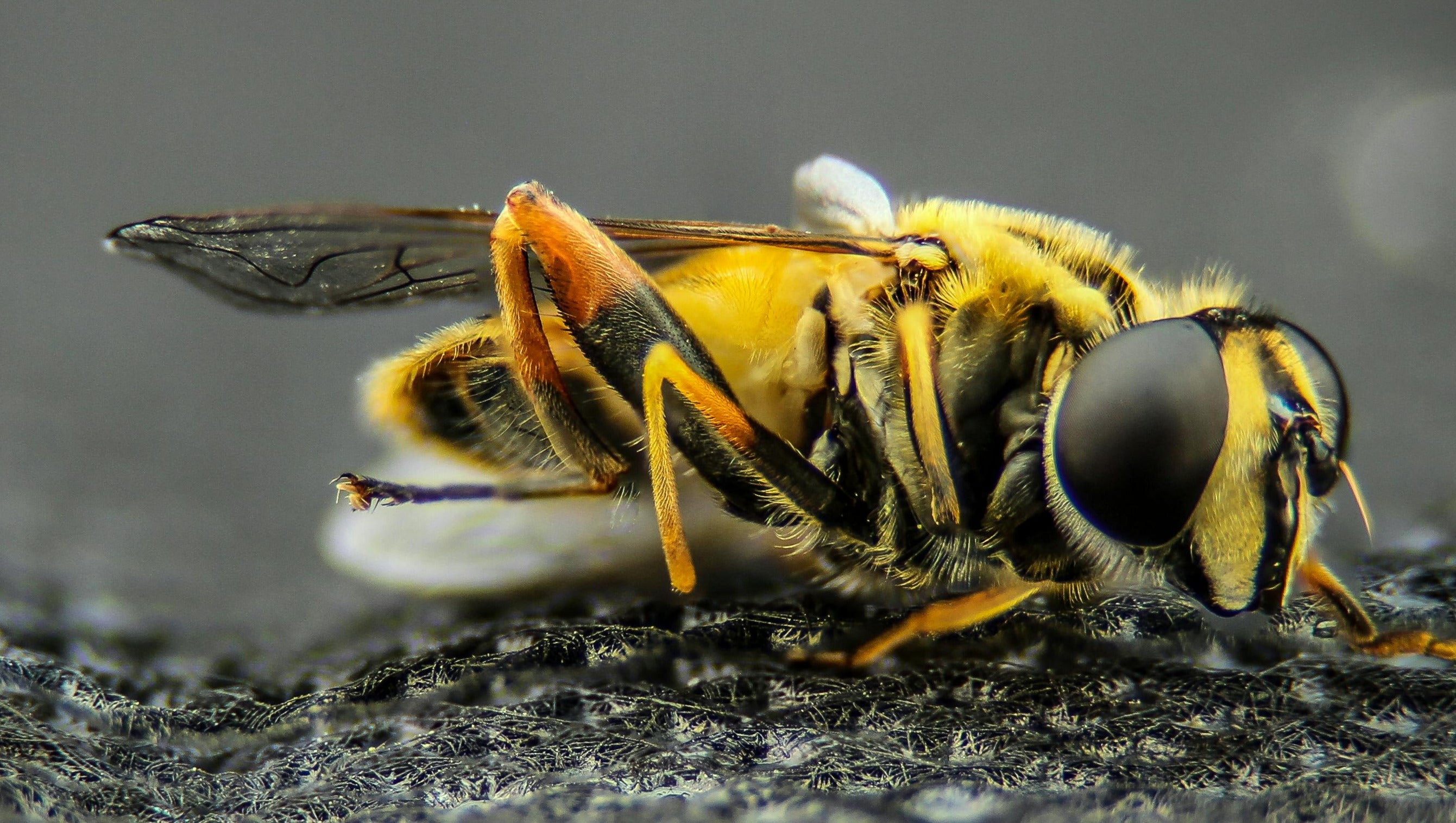Article: The Chemistry of Honey: Why It’s the Only Food That Never Spoils

The Chemistry of Honey: Why It’s the Only Food That Never Spoils
Nature’s Sweet Mystery That Defies Time
Have you ever wondered why honey never spoils? It’s one of nature’s sweetest miracles – a golden liquid that can last forever. In fact, archaeologists have opened jars of honey sealed in Egyptian tombs more than 3,000 years ago, only to find them still perfectly edible. Imagine that – the same honey that once nourished ancient pharaohs could still sweeten your tea today.
It sounds like magic, but the truth is pure science. The chemical composition of honey – its low water content, natural acidity, enzyme activity, and dense sugar structure – creates an environment where bacteria and microorganisms simply can’t survive. Every drop of honey is like a tiny, self-preserving ecosystem, carefully balanced by nature itself.
Because of this extraordinary honey structure, it remains stable and safe to eat indefinitely, earning its title as “the only food that never spoils.” Beyond its sweetness, honey is a quiet testament to nature’s chemistry – a perfect harmony between science and sweetness that has stood the test of time.

The Chemical Composition of Honey
To truly understand why honey never spoils, we need to peek inside the jar – not just at its golden glow, but at its chemical composition. Honey may look simple, yet it’s one of nature’s most complex and stable creations.
At its core, honey is made up of about 80% natural sugars – mainly fructose and glucose – and less than 20% water. This balance is crucial: with so little water, there’s not enough moisture for bacteria or fungi to grow. That’s why honey can sit safely on your shelf for years, even decades, without going bad.
But sugars aren’t the whole story. Honey also contains organic acids, amino acids, enzymes, vitamins, minerals, and antioxidants – all in tiny, but powerful amounts. These trace elements give honey its flavor, aroma, and many of its health benefits.
So, what exactly does honey contain that makes it so unique?
-
Natural sugars – mostly fructose and glucose, providing sweetness and density.
-
Water – less than 20%, keeping microbes from multiplying.
-
Organic acids – give honey its slightly tangy taste and help lower the pH.
-
Enzymes – like glucose oxidase, added by bees, which create a mild antibacterial effect.
-
Vitamins, minerals, and antioxidants – small but mighty nutrients that support health.
Together, this honey formula forms a natural barrier against spoilage. The combination of low water activity, high sugar concentration, and active enzymes makes honey a food that’s nearly eternal – a perfect blend of sweetness and science.

The Secret Honey Formula: How Its Structure Stops Time
If the chemical composition of honey is nature’s recipe, then its structure is the preservation magic that makes it last forever. Honey isn’t just sweet – it’s scientifically extraordinary.
Unlike most foods, honey is what scientists call a natural supersaturated sugar solution. That means it contains more dissolved sugars than water should normally hold. In this thick, golden mixture, the sugars – mainly C₆H₁₂O₆ (glucose) and C₆H₁₂O₆ (fructose) – tightly bind to every drop of water, leaving almost no free moisture behind. And without available water, bacteria, mould, and yeast simply can’t grow.
This dense honey structure creates a kind of invisible shield. Even when you open a jar, honey naturally pulls moisture out of the air rather than letting it in. That’s why it stays stable, smooth, and safe – no preservatives, no refrigeration, no problem.
Another important piece of the puzzle is acidity. Honey has a naturally low pH — usually between 3.2 and 4.5 — making it slightly acidic. This gentle acidity works as a natural defense system, keeping spoilage microorganisms away while enhancing honey’s distinctive tangy-sweet flavor.
Bees play their part too. During honey-making, they fan their wings to evaporate water from nectar until the perfect balance is reached. Then, through enzymes like glucose oxidase, they add gentle antibacterial power – a tiny dose of natural hydrogen peroxide that keeps honey fresh and clean.
In short, the honey formula is a brilliant act of nature’s chemistry: sugars that trap water, acidity that deters decay, and enzymes that guard against bacteria. That’s why honey never spoils – it’s not just sweet, it’s scientifically invincible.

How Bees Perfected the Chemistry
The secret of why honey never spoils doesn’t just lie in its chemical composition – it’s also in the way bees make it. Over the years, bees have perfected a natural process that transforms simple flower nectar into one of the most stable foods on Earth.
It all begins with nectar – a thin, watery liquid that flowers produce to attract pollinators. On its own, nectar would spoil in just a few days. But once bees get involved, everything changes.
Here’s how bees perform their act of natural chemistry:
-
Collection: Worker bees gather nectar from flowers and store it in their “honey stomachs,” where enzymes start breaking down complex sugars into simpler ones – mainly glucose and fructose.
- Evaporation: Back at the hive, bees spread the nectar into the honeycomb and fan their wings to evaporate excess water. This reduces moisture to below 20%, creating the ideal low-water environment where microbes can’t survive.
- Enzyme action: Bees add glucose oxidase, an enzyme that produces small amounts of hydrogen peroxide – a natural antibacterial agent that keeps honey clean and safe.
- Sealing: Once the honey reaches the perfect consistency, bees seal each cell with beeswax, locking out air and moisture. This final step ensures that honey stays preserved indefinitely.

Why Honey Lasts Forever
When you think about it, very few natural foods can sit on a shelf for years and still taste just as good. Yet honey never spoils, even when forgotten in a cupboard or stored in a clay jar for centuries. So what makes it so remarkably stable?
The answer lies not in one ingredient, but in how honey behaves over time. Once the bees have done their work, honey becomes a closed, self-balancing system – a food so dry, dense, and chemically active that it resists every usual pathway of decay.
Even when exposed to air, honey’s structure changes only on the surface. Its natural sugars are hygroscopic, meaning they attract and hold onto moisture from the air rather than letting it in. This keeps the interior of the honey safe from microbial life.
You may have noticed that honey sometimes crystallizes – small sugar crystals forming in the jar. Many mistake this for spoilage, but in reality, it’s the opposite: crystallization is a sign of purity and natural composition. It simply means the glucose in honey is solidifying, while all its protective chemistry remains perfectly intact. Gently warming the jar restores its smooth texture without affecting quality.
Temperature, too, plays a part. Honey prefers a cool, dry place. When sealed properly and kept away from excess humidity, its chemical composition remains unchanged – allowing it to last indefinitely.
In essence, honey is one of nature’s most successful preservation systems.
A Sweet Symbol of Eternity
From the ancient tombs of Egypt to the shelves in our kitchens today, honey has remained unchanged – a golden thread connecting nature, time, and taste. Its chemistry may be complex, but its message is simple: perfection doesn’t need preservatives.
Every jar of honey is a story written by flowers and finished by bees – a blend of sunlight, patience, and natural science that no laboratory could ever recreate. It’s proof that when nature designs something, it designs it to last.
So the next time you open a jar, take a moment to appreciate this quiet miracle of chemistry and craft. And if you’re ready to taste honey that’s as pure and timeless as the science behind it, explore our collection at HoneyFlo – where every drop is nature’s recipe for forever.


